Deployment stories
UPGRADING LEGACY SYSTEMS FOR PROACTIVE SPECTRUM MANAGEMENT


How the Malta Communications Authority replaced old equipment with state-of-the-art solutions
DOMAIN: LandAPPLICATION: Spectrum monitoringCUSTOMER: Regulator
SITUATION: Reactive spectrum monitoring
The Malta Communications Authority (MCA) is the national entity responsible for spectrum management in Malta. As part of its functions, the MCA ensures that the radio spectrum is used efficiently, and resolves cases of harmful interference. It is also in charge of international frequency coordination activities.
Although the MCA had several legacy solutions, its equipment could not meet the demands of a modern spectrum monitoring authority. It was running reactively—waiting for a problem to be reported, dispatching its spectrum compliance officers to investigate, and conducting post-analysis.
This inefficient and antiquated system resulted in high operational costs, missed optimization opportunities, and potential security risks.
The MCA wanted to modernize and meet four primary objectives: to better understand spectrum occupancy, identify spectrum gaps and monetization opportunities, resolve interference issues, and respond to incidents in real time. This would ensure the authority could minimize service disruption, secure operating efficiency gains (people and sensors), and meet OPEX and CAPEX challenges.

SOLUTION: A state-of-the-art solution at a competitive price
The Maltese authorities published a tender after intense market research undertaken by the MCA. CRFS won the bid, meeting all the ITU technical compliance requirements and offering a competitively priced solution. The MCA chose to invest in CRFS’ RFeye ecosystem, which enabled it to modernize and progressively build a modern platform for spectrum operations.
The MCA and CRFS implemented a three-stage implementation process. A fixed TDoA network comprising RFeye 100-18 Nodes was built during stage one for spectrum monitoring and geolocation. An AoA system, using a vehicle-mounted RFeye Array 300-18 for mobile direction finding (DF) and geolocation, was built in stage two. Adding tactical and mobile deployment capability in stage three allowed the MCA to extend the fixed TDoA network by incorporating an RFeye Stormcase.
In addition to hardware, two software platforms helped meet robust operating requirements. RFeye Site permits real-time spectrum monitoring, target acquisition, and geolocation providing essential functionality for full spectrum operations. RFeye Mission Manager allows automated 24/7/365 monitoring and alerts—enabling the MCA to police and manage the spectrum efficiently.
CRFS supported all hardware and software systems with tailored set-up, configuration, and training.
RESULTS: Proactive spectrum monitoring
The MCA’s fixed network is used intensively on a daily basis to conduct a variety of critical missions. Significantly, the authority is now proactively identifying and addressing problems immediately rather than waiting for an issue to be reported.
The MCA actively monitors in real time to identify any irregular use of the radio spectrum. If any masks are broken, alarms automatically notify the authority that an operator is abusing its licensing conditions. It also scans sensitive bands allocated for safety-of-life services to identify sources that could jeopardize the proper operation of such services. The necessary follow-up action is then taken to regularise the use of the associated bands.
Additionally, the MCA has recently experienced severe interference on GNSS frequencies due to a source located outside Maltese territory. The Node network and automated spectrum monitoring software CRFS provided allow the authority to create a daily monitoring mission to scrutinize GNSS frequencies. The system’s geolocation capabilities proved to be effective as the network is capable of determining the approximate location of the source of interference, even if it is several kilometers outside the network’s envelope.
For new frequency assignments, the MCA uses its Node network to create a survey and assess if the spectrum is clean and usable. The same network and software help identify underutilized frequency bands and unearth additional capacity or new areas for future monetization.
The MCA is planning to use the same hardware and software to enhance the footprint of its fixed spectrum monitoring network.
Related products
Hardware and software related to this deployment story.

RFeye Mission Manager
RFeye Mission Manager is a toolset for automated spectrum management and near-time incident reporting.
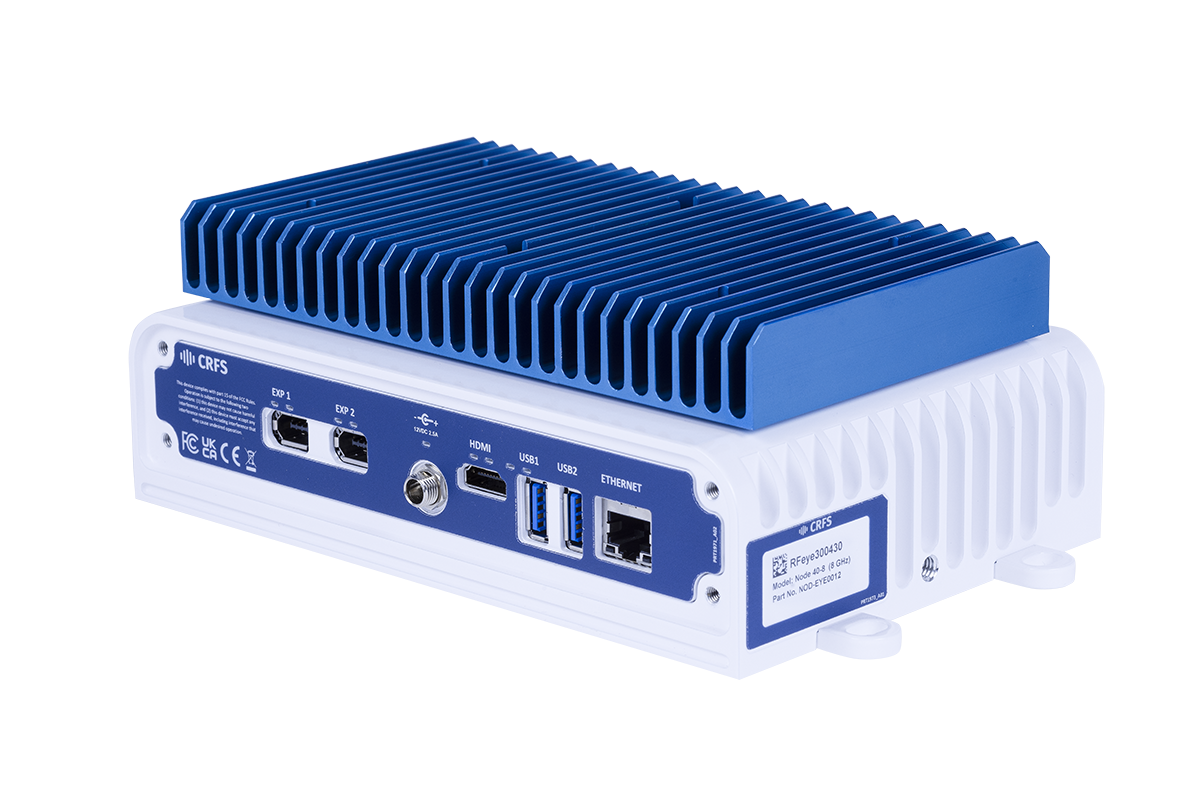
RFeye Node 40-8
A wideband RF receiver to ensure you never miss a signal. The RFeye Node 40-8 provides the latest superheterodyne receiver technology to provide outstanding quality and performance at a highly competitive price.
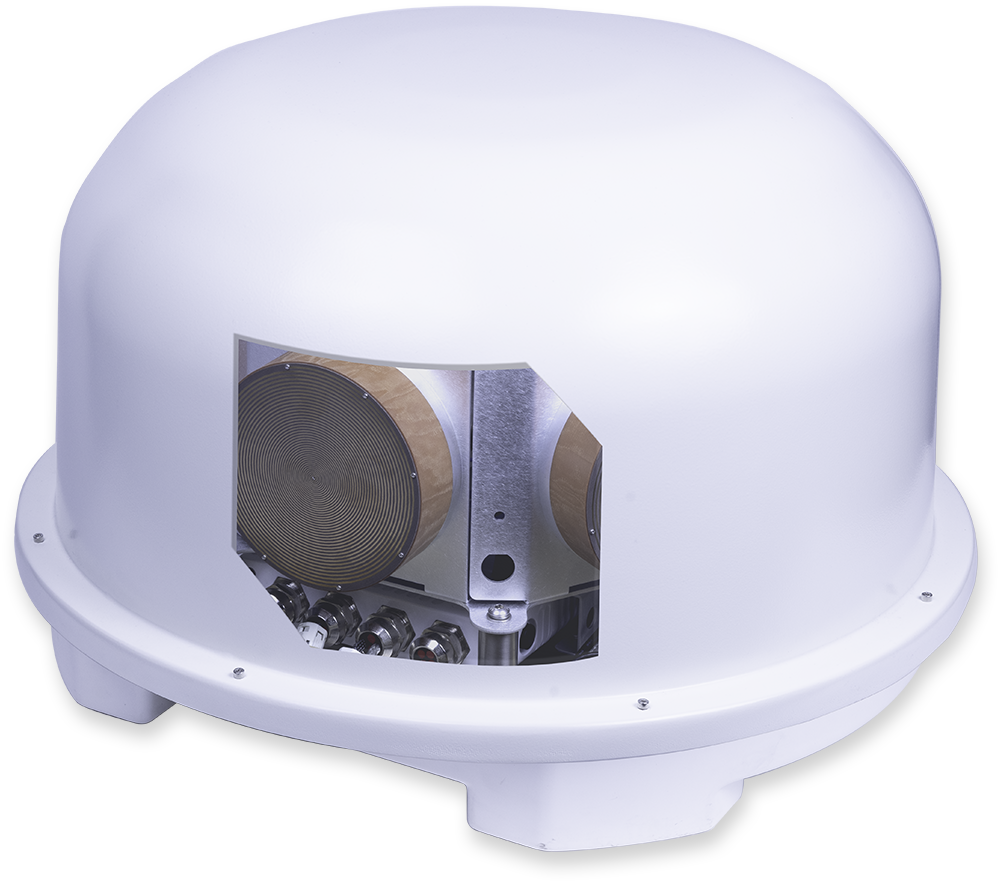
RFeye Array 100
Direction finding and advanced plug-and-play geolocation system. Fully integrated, multi-mission systems for fixed, vehicle, or transportable applications with simultaneous DF, monitoring, and geolocation capability.
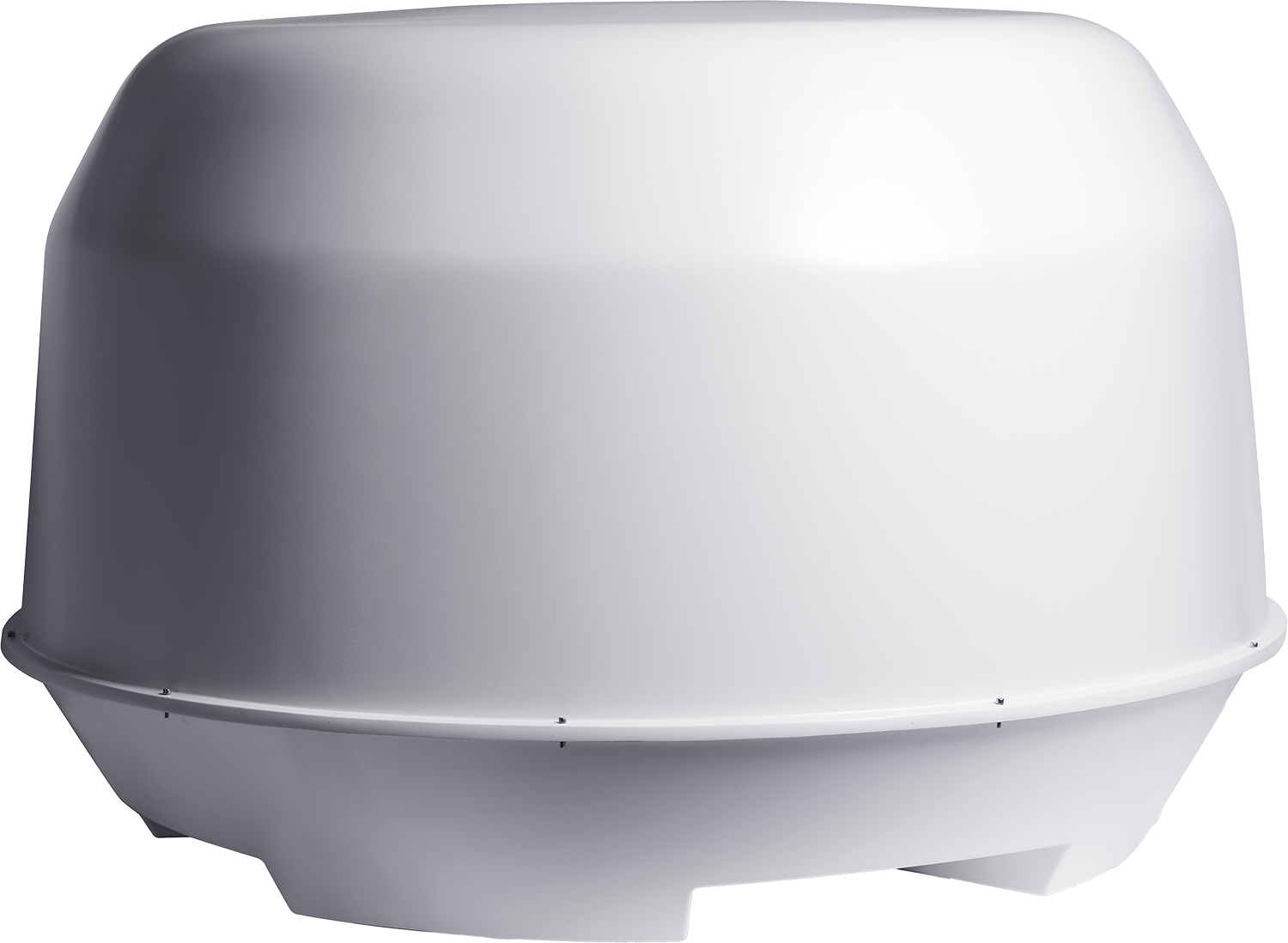
RFeye Array 300
High-performance simultaneous wideband radio monitoring, DF, and geolocation. Vehicle-mounted or fixed deployment with 8GHz, 18GHz, or 40GHz options. Two Nodes enable you to receive and record I/Q simultaneously.

RFeye Site
RFeye Site is a toolbox to monitor the spectrum in real-time and geolocate signals in complex RF environments.
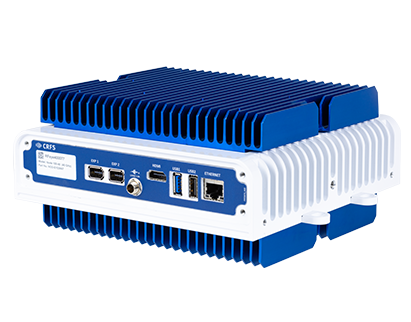
RFeye Node 100-40
RF receiver with a 100MHz instantaneous bandwidth. Packaged in a lightweight weatherproof rugged form, the Node 100-40 delivers 24/7 365 spectrum vigilance for long-term deployment in harsh environments.
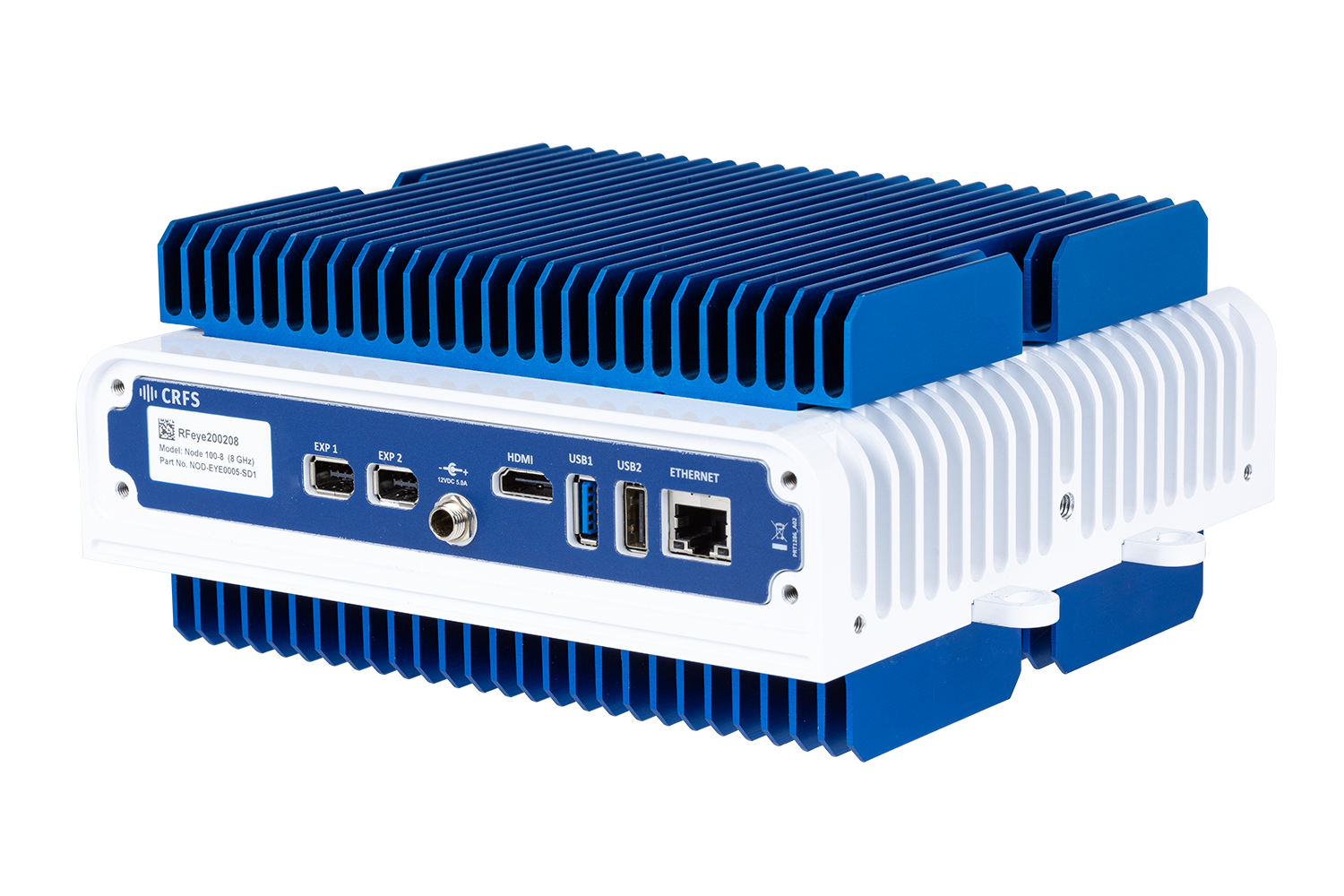
RFeye Node 100-18
The wideband RFeye Node 100-18 is a complete spectrum monitoring and geolocation system. Optimized for size, weight, and power (SWaP), it is simple to connect, power, and network.
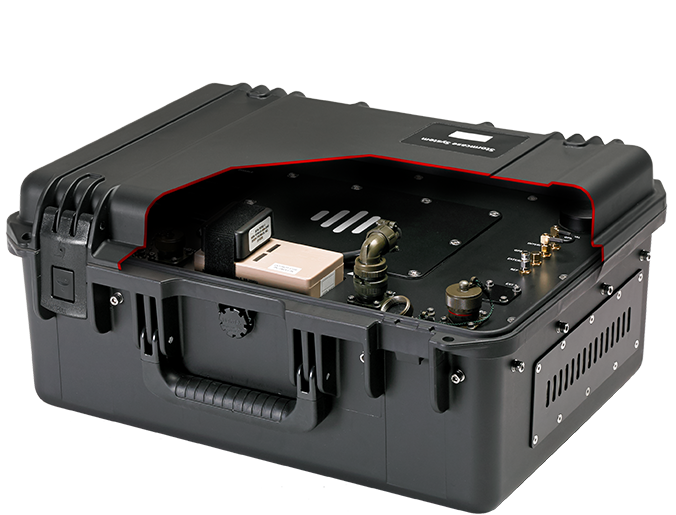
RFeye Stormcase
Man-portable spectrum monitoring (deploy and retrieve later). The system includes a Node (receive and record), internal and external antenna ports, a high-performance rechargeable MIL-SPEC battery, and integrated SSD memory.